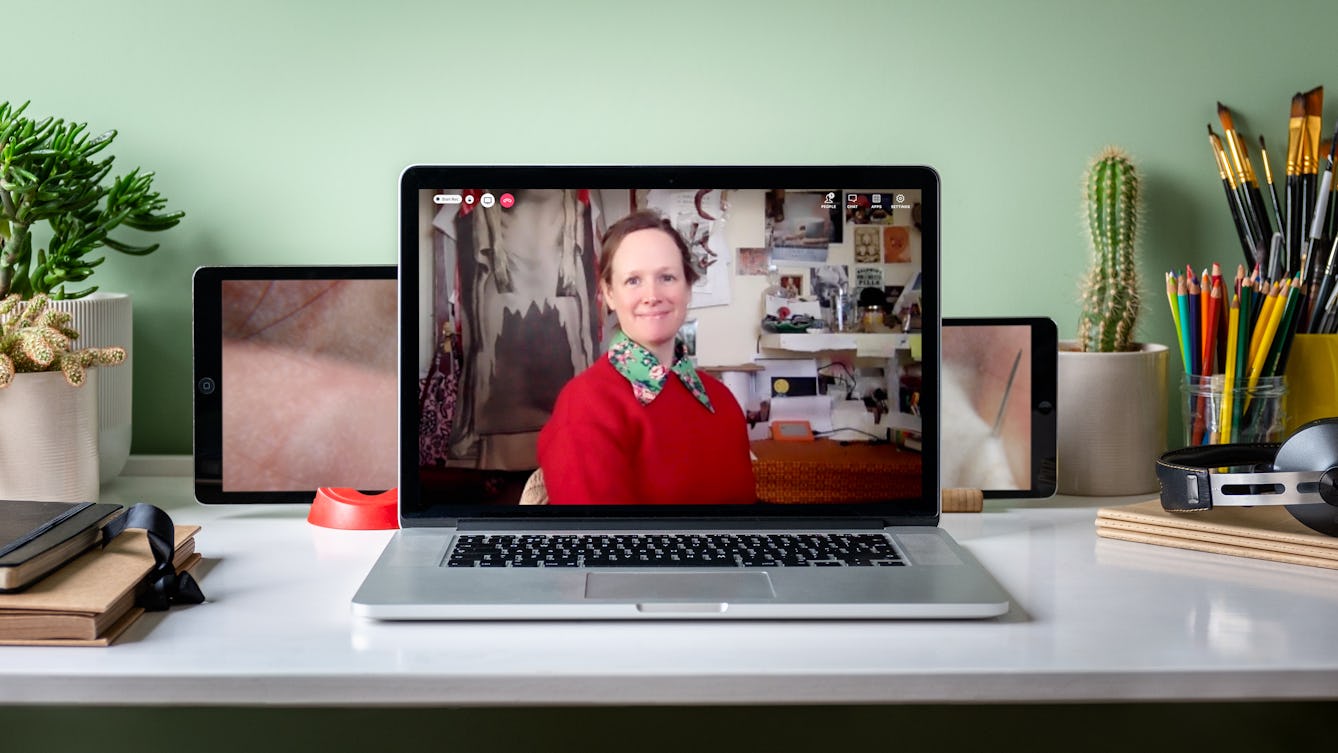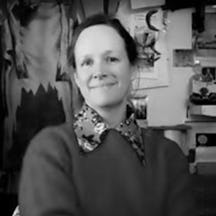Watch a recording of this online event with artist Amanda Couch to explore skin and screens, surfaces that can both unite and connect us, but also shield and separate us. Skin is an intermediary between us and the world, our channel for connection through touch. Our increasing dependence on screens during the pandemic is facilitating social connectedness, while protecting us from the risks of proximity and exposure to touch.
Amanda considers the screen as a stand-in for our skin, supporting us to “keep in touch” in more than one sense. Alongside the talk, a prerecorded video is shown showcasing new artworks from Amanda exploring these ideas.

